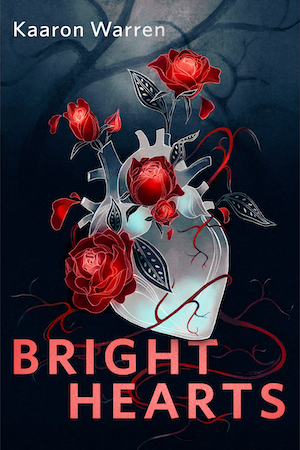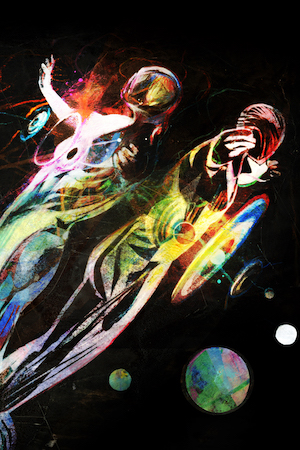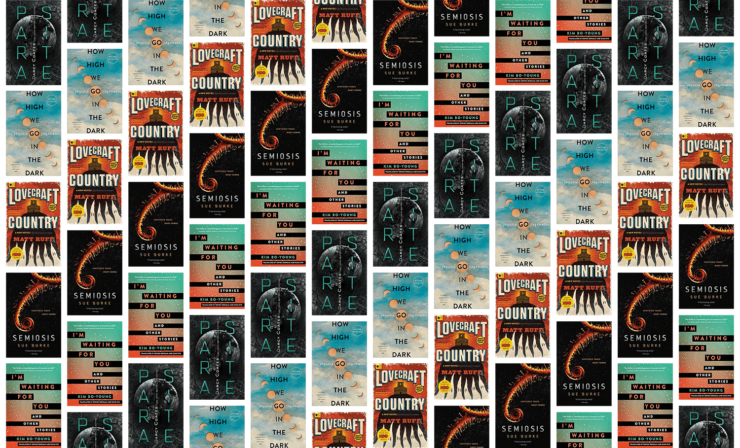I’ve long thought that the genres of science fiction and horror are especially well suited to the short story format. I’ve previously written a piece collecting a few of my favorite sci-fi flash fiction pieces, all of which demonstrate that a great sci-fi story doesn’t necessarily require a lot of words. Along with my fondness for quick and punchy stories that can stand entirely on their own, I also tend to love an interlinked short story collection, with each tale building on the last in order to tell a larger story.
This format has worked a treat for titans of the sci-fi genre—we need look no further than Isaac Asimov’s I, Robot and Ray Bradbury’s The Martian Chronicles, both fix-up collections published in 1950 that have achieved classic status. Below I’ve gathered some more modern examples, including some of my favorite collections of connected short stories for fans of science fiction and horror, with a little bit of fantasy thrown in for good measure.
Parasite (2016) by Darcy Coates
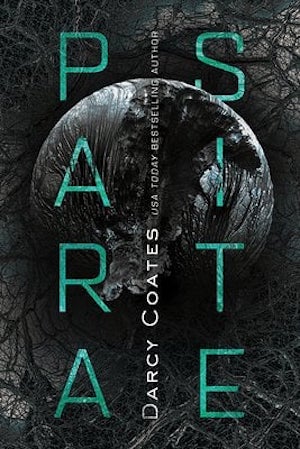
John Carpenter’s The Thing (1982), an adaptation of John W. Campbell’s “Who Goes There?” (1938), leaves viewers grappling with the possibility that the alien creature hasn’t been destroyed and will soon escape Antarctica and assimilate, well, everybody on Earth. In Parasite, Darcy Coates takes all the fear and dread inherent in that possibility and turns it into terrifying reality, charting the lethal spread of a parasitic alien across the universe.
The first story in Parasite is set in a small outpost on a remote moon. One of the workers comes across an unidentified life form—essentially a black blob with tendrils—that doesn’t seem threatening so she decides to poke it (which is always a mistake). The creature attacks and takes up residence within her body, making its subsequent attacks on her colleagues all the easier.
The very idea of being turned into a meat puppet by a gooey alien is horrific enough, but each story in Parasite ramps up the horror by showing humanity’s situation becoming progressively worse as the creature topples space stations like dominoes. It’s a fast-paced, tense, and terrifying slice of sci-fi horror.
How High We Go in the Dark (2022) by Sequoia Nagamatsu
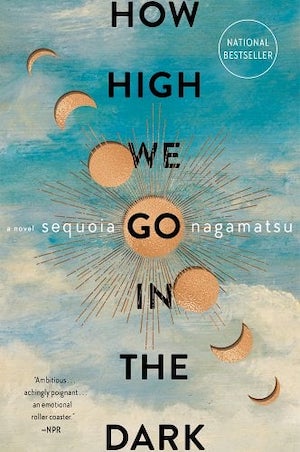
Post-apocalyptic books often tread a dark path, but there are some that find hope at the end of the world and Sequoia Nagamatsu’s How High We Go in the Dark is definitely one of those. Chronicling humanity’s various attempts to move forward after the outbreak of a brutal virus, Nagamatsu’s interconnected collection isn’t without sadness—there’s an elegy hotel for the many deceased and a euthanasia rollercoaster—but each story looks for the light within the darkness.
The stories demonstrate that even when faced with a world-changing, likely world-ending, catastrophe, there is always hope. Not only are there tales of various visionaries attempting to find a practical solution to save humankind, but all of the stories show love enduring in all of its forms—romantic, platonic, and familial.
Lovecraft Country (2016) by Matt Ruff
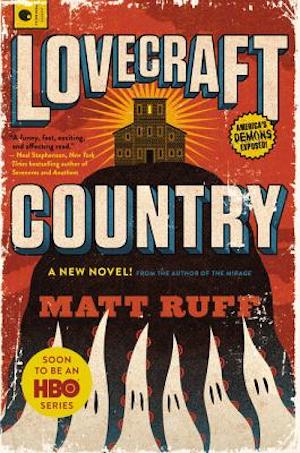
Set during the 1950s, Lovecraft Country tells eight loosely connected stories about Black veteran Atticus Turner and his friends and family. Thanks to a secret coven of White sorcerers, led by Samuel Braithwhite, the group are sometimes drawn, sometimes dragged, into various horrific and fantastical situations.
Matt Ruff jumps effortlessly between genres in the collection. One chapter is a classic haunted house story, while the next is a magic-infused pulpy adventure. And along with the Lovecraftian monsters and threatening ghosts, Atticus and company also have to contend with the very real horrors of racism in Jim Crow-era America. Each story in Lovecraft Country manages to have its own distinct flavor, while also contributing to the horrifying banquet that is the larger overall story.
Semiosis (2018) by Sue Burke
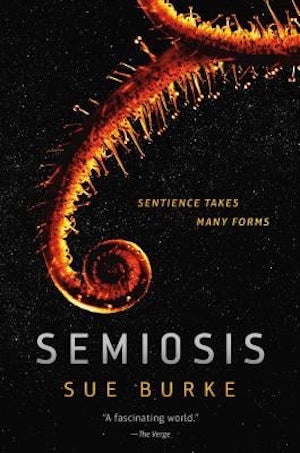
The first in a trilogy of novels (the third of which isn’t scheduled for release until 2024), Semiosis charts humanity’s attempt to colonize another planet after fleeing a war-torn and ecologically-ravaged Earth. The group of colonists come across a suitable planet that they name Pax, but settling on this new world involves a steep learning curve, not least because it’s dominated by a sentient plant.
Each chapter skips forward a little in time, following the development of each successive generation as they try to integrate themselves into Pax’s complex ecosystem. Along with figuring out how to coexist with the flora and fauna, the settlers also struggle with the human tensions and issues that crop up within any large group of people (which necessitates a content warning for violence and a brief depiction of sexual assault). Intrigued? Handily, Tor.com has an excerpt from the start of the novel, if you’d like to check it out!
I’m Waiting for You: And Other Stories (2021) by Kim Bo-Young (translated by Sophie Bowman and Sung Ryu)
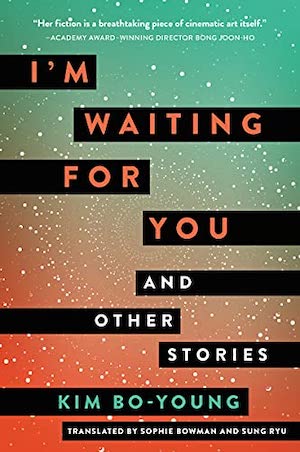
The four stories in Kim Bo-Young’s I’m Waiting for You: And Other Stories are split into two completely different tales. The first and fourth stories are a romantic, but tragic, love story told in epistolary format. Sandwiched between these two stories is a philosophical mediation on free will and morality from the POV of godlike creatures.
“I’m Waiting for You” is told through letters a groom-to-be is writing to his fiancée, who is on an intergalactic mission. Relativity means that the journey will take just months for her, but he will be waiting for years on Earth. Desperate to get to their wedding day, he decides to take a quick lightspeed trip through space, but things don’t go exactly as planned. In “On My Way” we read the bride-to-be’s letters, which reveal that her journey doesn’t go smoothly either.
Stories two and three, “The Prophet of Corruption” and “That One Life,” are far more challenging and I recommend reading the glossary to get a basic understanding of the world before diving in. Earth is essentially a playground for our creator characters. One of these beings begins to question how things are done, which leads to an examination of identity and ethics. It’s surreal and complicated, but well worth wrapping your head around.
***
As always, this list isn’t meant to be exhaustive, so please share your thoughts and recommend your own favorite collections of interlinked SFF short stories in the comments below!
Lorna Wallace has a PhD in English Literature and is a lover of all things science fiction and horror. She lives in Scotland with her rescue greyhound, Misty.


